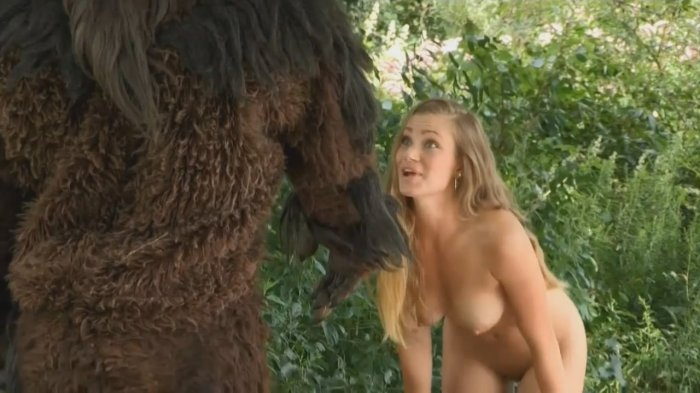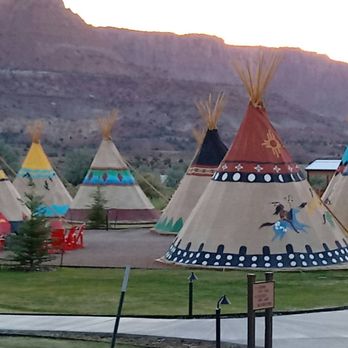Talk about bestiality.
The fact is, Bigfoot erotica is no joke. Tawdry tales of Sasquatch sex have been around for a long time — online, in print, and in old-fashioned porn. Take, for example, the 1977 erotic paperback, Nights with Sasquatch, an “explosive ordeal of rape and revenge,” written by John Cotter and Judith Frankle, or the 1981 short porn film, The Geek, about a group of hitchhikers who have an unexpected and sexy encounter with Bigfoot.
Bigfoot erotica has flourished on the Internet in recent years: author Virginia Wade was inspired to write her 16-installment series, Cum for Bigfoot, after noticing that “the ultimate alpha male,” as she described the hirsute hunk, had yet to be fully explored in erotic writing, despite the popularity of Cryptozoological porn, which features sex with mythical creatures like leprechauns and minotaurs.

“He smelled of animal hide, which was heady and pungent…. Then he touched my face with the pads of his black fingers,” Wade writes in one sex scene from the series, which, according to The Daily Beast, at one point earned her approximately $30,000 per month through Kindle Direct Publishing.
After taking a brief Bigfoot hiatus to focus on writing erotica about Tarzan and vampires, Wade released three new installments of Sasquatch porn in January 2018. The Namaste with Sasquatch series is about a group of friends who go on a yoga retreat in the Rocky Mountains, where Bigfoot and his lusty appetite await.

Wade isn’t the only Bigfoot erotica writer — there’s the adorably named Ann L. Probe, author of Boffing Bigfoot; Candy Banger, who proved Sasquatch swings both ways with Bigfoot’s Gay!; and Robyn Blackbird, writer of Bigfoot Did Me From Behind and I Liked It, to name just a few.






























